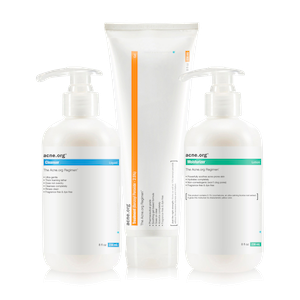Pregnancy
Well-controlled clinical studies in pregnant women, as well as animal reproduction studies regarding the use of photodynamic therapy and topical photosensitizing agents such as MAL and IAA, are lacking.
However, animal reproduction studies have shown that ALA, another topical photosensitizer commonly used with photodynamic therapy, can cause adverse effects on the fetus, and thus, is not considered safe during pregnancy.
Due to the limited amount of clinical data, the use of photodynamic therapy is not recommended if you are, or planning to become pregnant.
Important! Any form of light therapy, including photodynamic therapy, may reduce your levels of folic acid, so if you are pregnant or plan to become pregnant be sure to talk to your doctor before you start photodynamic therapy.
Breastfeeding
It is not known if or how photodynamic therapy, or the photosensitizers used in photodynamic therapy, may affect breastfed infants or milk production.
Important! Any form of light therapy, including photodynamic therapy, may reduce your levels of folic acid, so if you are breastfeeding or plan to breastfeed be sure to talk to your doctor before you start photodynamic therapy.
References
- Aad.org. (2024). Lasers and lights: How well do they treat acne? [online] Available at: https://www.aad.org/public/diseases/acne-and-rosacea/lasers-and-lights-how-well-do-they-treat-acne. [Accessed 07 Nov. 2024].
- Nhs.uk. (2024). Photodynamic therapy (PDT) [online] Available at: https://www.nhs.uk/conditions/photodynamic-therapy/. [Accessed 07 Nov. 2024].
- Morton, C. et al. European Dermatology Forum Guidelines on topical photodynamic therapy. European Journal of Dermatology 25, 296–311 (2015).
- Ly S, Kamal K, Manjaly P, Barbieri JS, Mostaghimi A. Treatment of Acne Vulgaris During Pregnancy and Lactation: A Narrative Review. Dermatol Ther (Heidelb). Jan, 13(1), 115-30 (2023).
 Acne.org Products
Acne.org Products